
1. Fire Starter
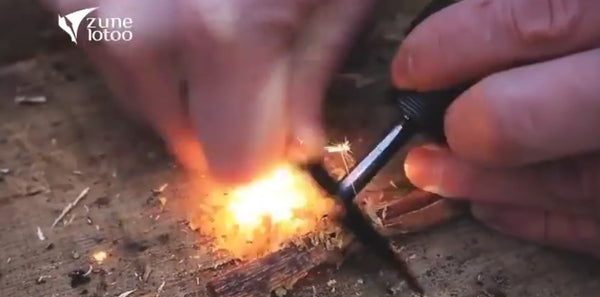
According to Maslow’s Hierarchy of Needs, there’s nothing more important than food, water, warmth, and rest. A fire starter is perhaps the single most important survival tool you can have in your kit, because it will help you cook food, boil water, stay warm, and sleep safely without worrying about predators.
2. Survival Knife/ Multi-Tool
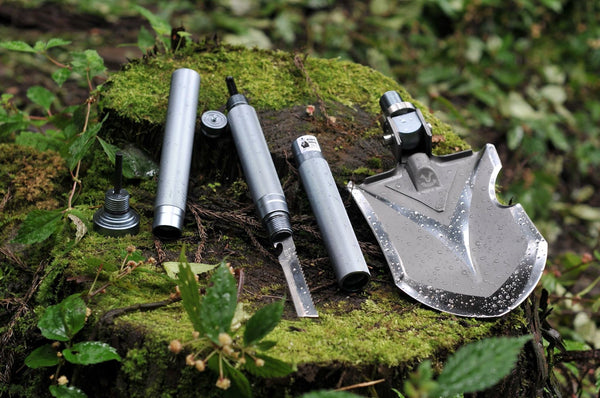
Choosing the right multi-tool, survival knife, or a combination of the two is a pretty personal decision. Find a tool that has features well-aligned with your skills and the type of tasks you anticipate performing, and is the right size and weight for your kit.
Some people feel safer knowing they have a knife in tow, while others prefer to stick to just a multi-tool that won’t attract attention. There’s compact, machete-like blades that will help you chop firewood.
For multitools checkout the zunelotoo.com, which is packed with essentials like scissors, a file, knife, tweezers, bottle opener and mini-screwdriver. Whatever you choose, always keep it in your pack.
3. Topographic Map
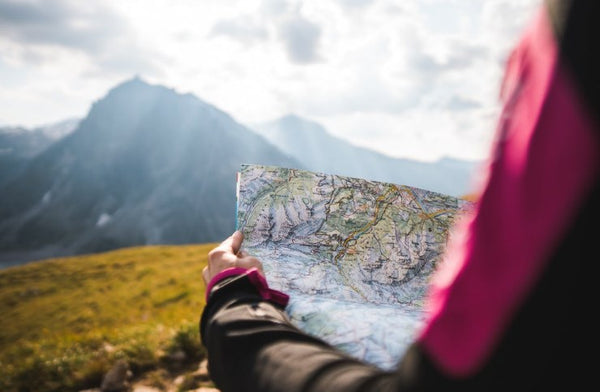
Even if you’re going on a flat, short day hike in a familiar area, you should always have a topographic map on hand. It’s easy to get turned around and lost if you step off trail, even in your most frequented stomping grounds.
While it’s still very unlikely for you to get lost on a hike or backpacking trip, it’s smart to learn how to read a map. It’ll be a fun way to learn more about the area, and could be one of the survival tools that helps save your life.
4. Compass
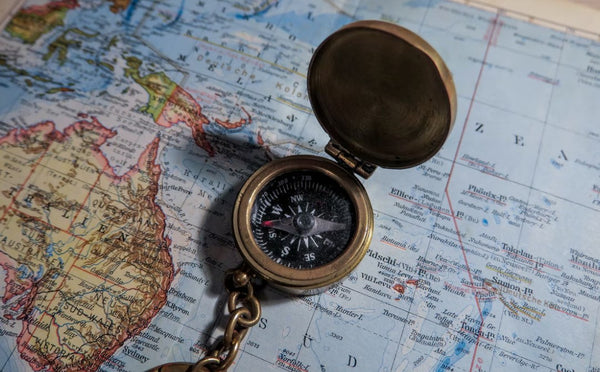
Much like your topographic map, a compass is an absolute necessity. It’s lightweight, analog, and easy to use alone or with other tools— if you know how to read one correctly. Take an orienteering class with your local outfitter or hiking/mountaineering organization so that you will know precisely how to use this classic survival tool in a pinch.
5. First Aid Kit
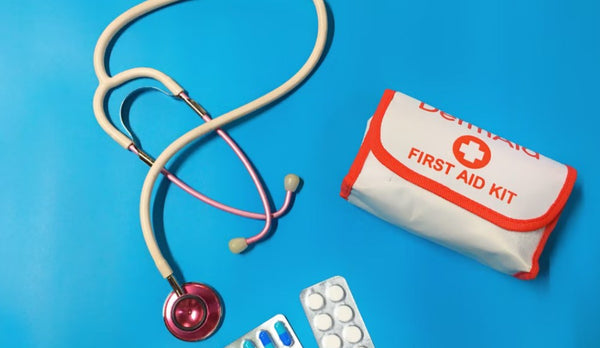
A medical kit can be invaluable in the backcountry, especially if you’ve found yourself in a survival scenario because of illness or an accident. Think beyond Band-Aids and antibiotic ointment for cuts and scrapes, and include other items that can double as survival tools. ACE bandages can serve a variety of purposes, gauze pads for larger wounds, splints for supporting fractures, steri-strips to help close wounds with uneven edges, and alcohol prep pads that can be used for a variety of purposes.
6. Emergency Survival Whistle
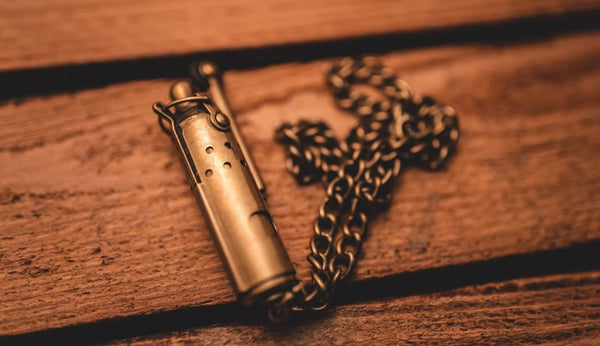
A good, loud whistle comes in handy for all sorts of wilderness applications. It’s one of the most essential survival tools when you are frequently going into the backcountry where people are few and far between and wildlife is abundant.
A whistle of at least 100 decibels will cut through ambient noise and travel great distances, plus alert animals like bears to your presence. Keep it attached not just to your pack, if possible, but to your person, in case you get separated from your gear.
7. Paracord

Everyone from serious hikers to the hobbits in Lord of the Rings will expound on the importance of traveling with rope. But for the modern survivalist paracord, which was invented in 1935 for military use, is the way to go.
Because it’s made of lightweight, sturdy nylon and multiple strands of fiber, paracord is incredibly useful as a survival tool. It can be used to rig tarps and repair gear, taken apart for sewing thread or fishing line, or braided together to create a broader, stronger rope.
8. Water Filtration
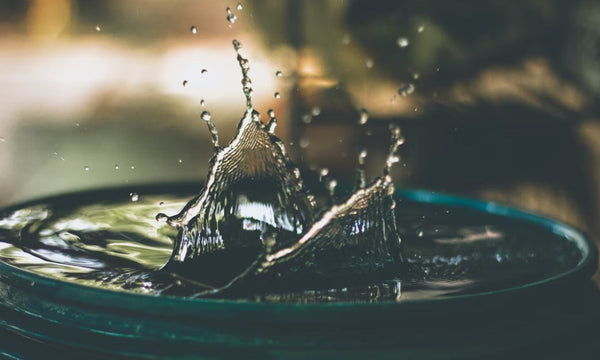
The average human can only survive about three days without water. Not only should you always carry more than you think you’ll need for your hike in case of delays, but it’s also smart to have some type of water filter on hand, too.
In a survival scenario, you may need to collect and treat water to stay hydrated while you wait for help or hike out. You might also need to treat water so you’ll have it on hand for cleaning wounds, repairing gear, or cooking food.
9. Flashlight / Head Lamp

The only thing harder than being lost, stuck in a backcountry emergency, or trying to survive the unexpected is having to manage in the dark. Even if you’re only planning a day hike, it’s always wise to have your headlamp on hand, or at least a small pocket-size flashlight.
10. Tarp

You can’t always count on being able to build a survival igloo, and sometimes you want to save your space blanket for wrapping around your body, not hanging over your head. That’s why a tarp is such a key survival tool.
You can use the tarp as a ground pad for your tent, as a cover for your campsite, to protect gear from the elements, as a prep surface for food, or even to collect drinking water. There are few items in any survival kit as versatile as a good, sturdy tarp.
